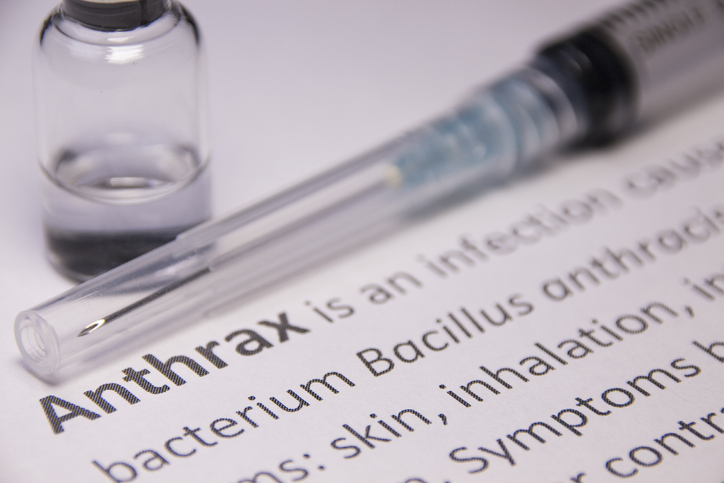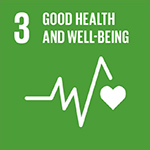
Processing Anthrax-Contaminated Wipes
ASTM International’s committee on pesticides, antimicrobials, and alternative control agents (E35) is developing a standard (WK64329) for wipes that detect Bacillus anthracis spores, a biological threat agent that can infect people with anthrax.
ASTM International member Laura Rose, a microbiologist at the U.S. Centers for Disease Control and Prevention, notes that Bacillus anthracis is a “biosafety level 3 pathogen” that infects some livestock naturally but can cause severe illness in humans. The proposed standard is a laboratory test method for processing wipes or sponges used to collect samples from surfaces that have potentially been contaminated with the spores.
“The method specifies how best to get the spores off the sponges and into a liquid, which can then be placed into broth and onto agar plates to detect and quantify how much contamination is on that surface,” says Rose.
Access to this method for training purposes will enhance laboratory preparedness, she says, adding that this standard could help expand laboratory capacity during a B. anthracis contamination event, and assist in developing methods to quantify and detect other microorganisms in the environment. She notes that researchers interested in evaluating the efficiency and sensitivity of various sampling materials or tools could find the proposed standard useful.
This effort directly relates to the United Nations Sustainable Development Goal #3 on good health and well-being.
The committee is interested in developing further standards that use this method for organisms in addition to Bacillus anthracis, according to Rose. Anyone is welcome to join in the development of these standards. Become a member of ASTM. The next meeting of ASTM International’s pesticides, antimicrobials, and alternative control agents committee is Oct. 22-25 in Houston, Texas (USA).
U.N. Sustainable Development Goals Supported:

 SN Home
SN Home Archive
Archive Advertisers
Advertisers Masthead
Masthead RateCard
RateCard Subscribe
Subscribe Email Editor
Email Editor